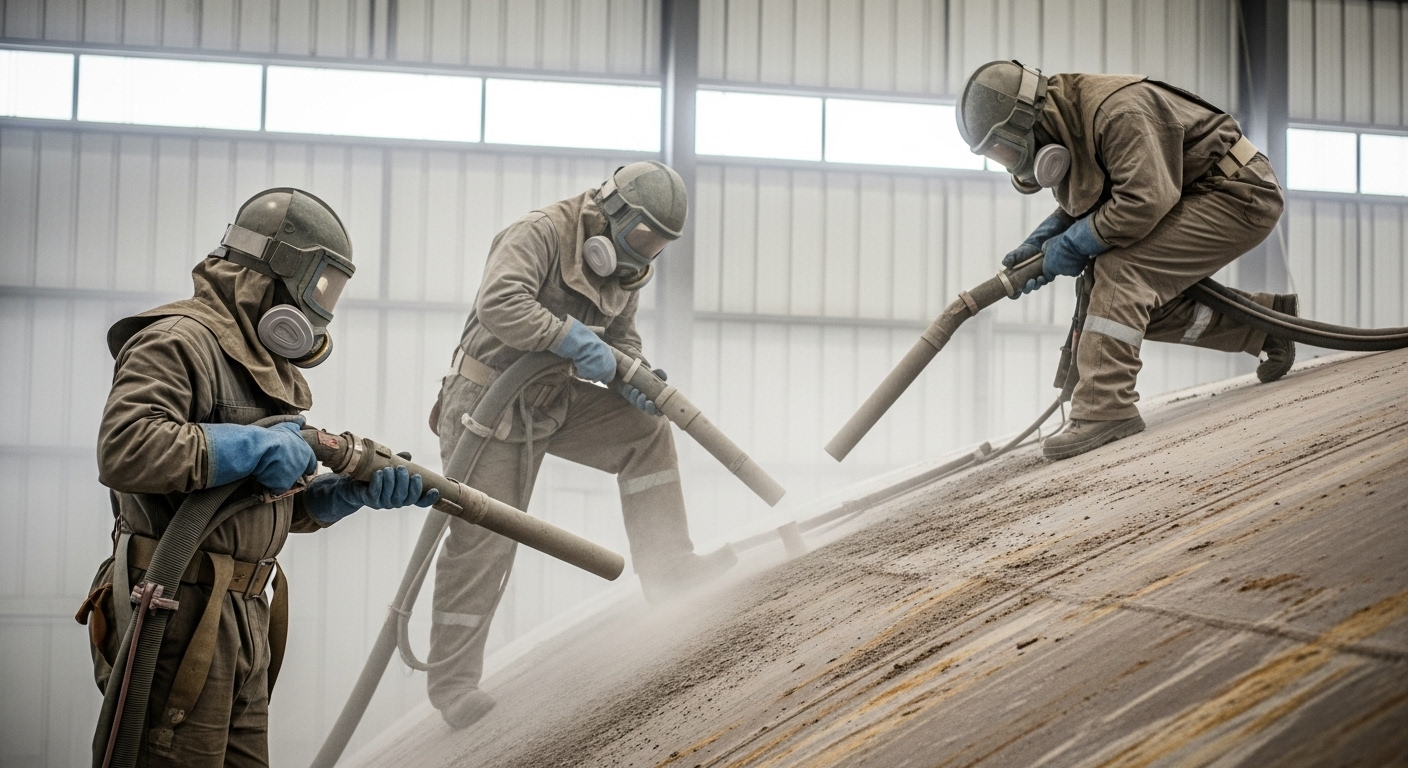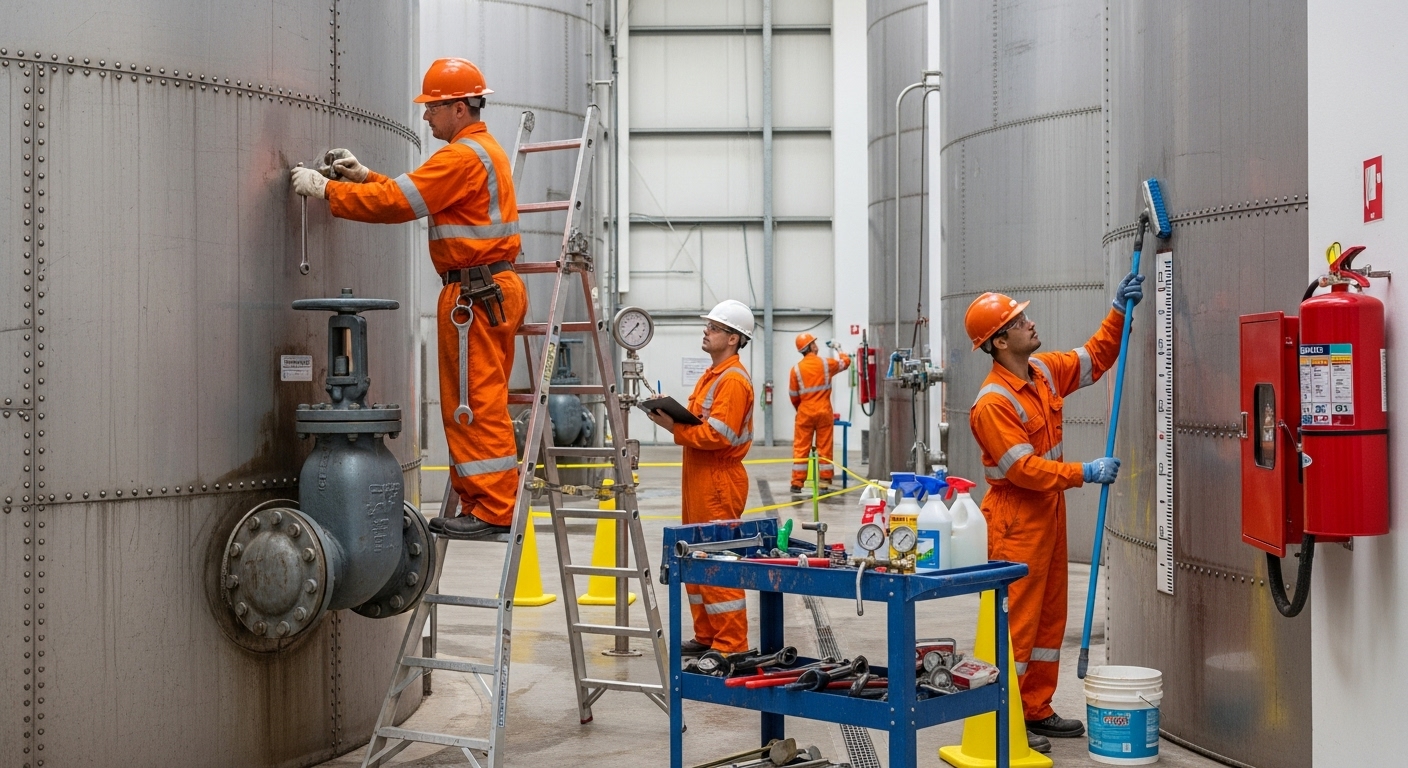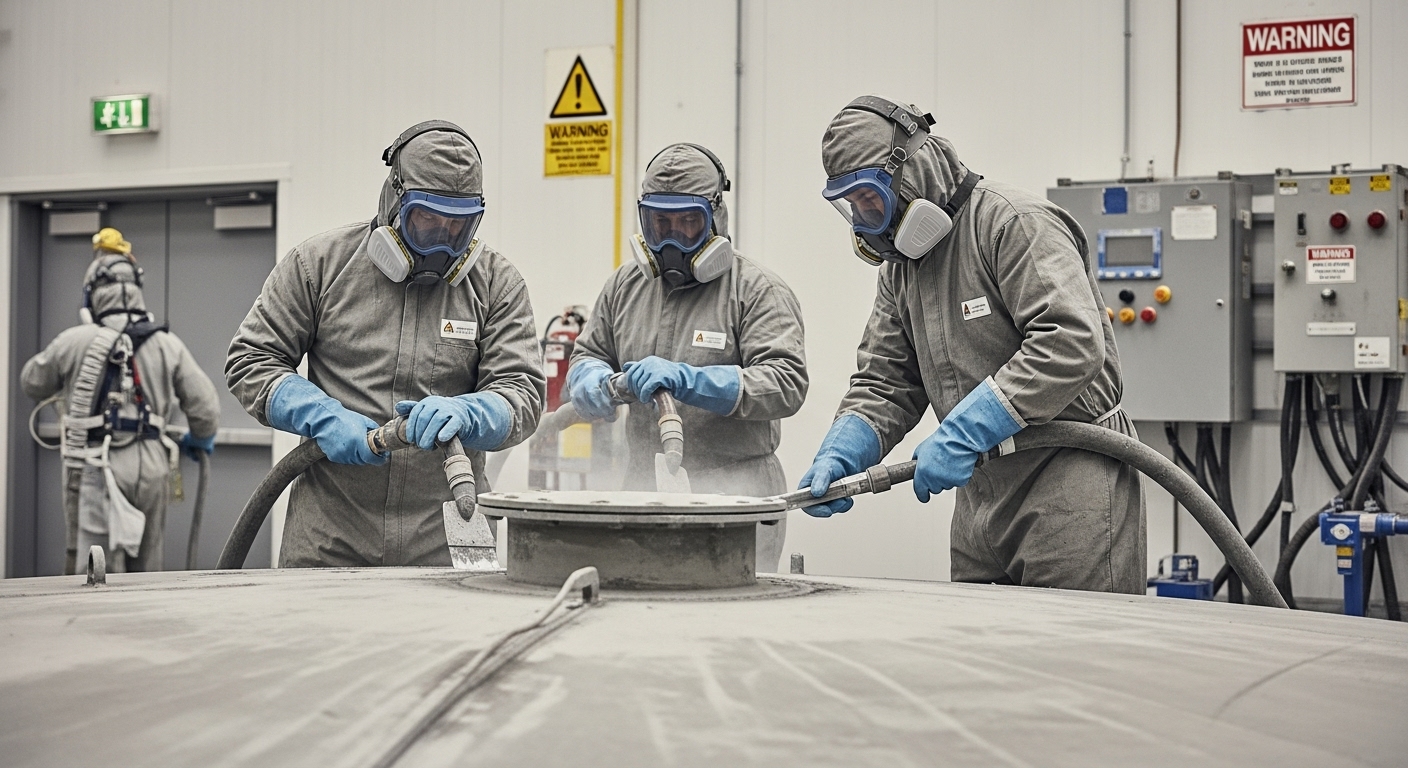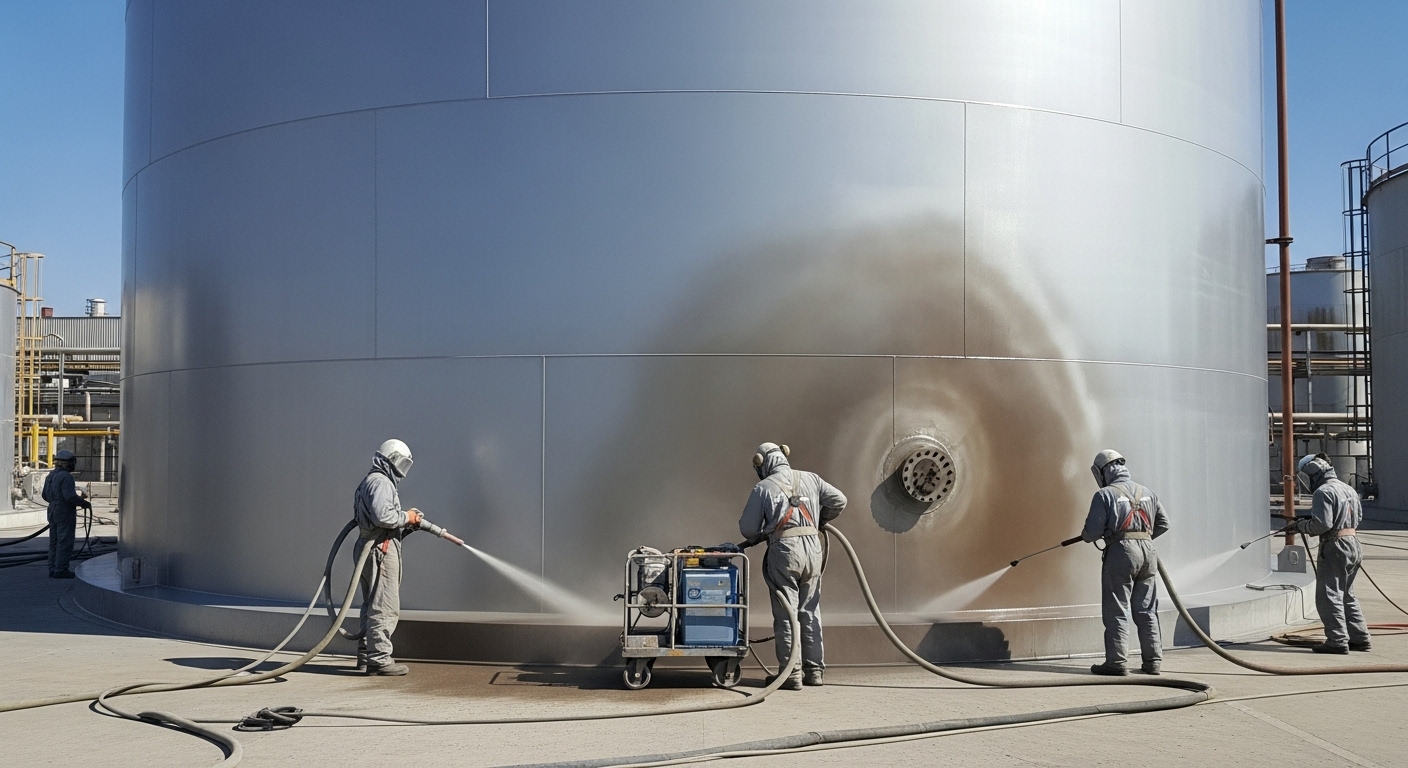When it comes to water storage infrastructure, safety and reliability are everything. Communities, industries, and municipalities depend on water tanks to provide clean water every single day. But like any structure exposed to the elements, tanks don’t stay in perfect condition forever.
Rust, structural stress, coating failures, and general wear and tear can quietly compromise performance over time. That’s why water tank condition assessment is not just a formality—it’s a necessity.
The truth is, many tank owners underestimate the importance of routine evaluation until major issues appear, often leading to costly repairs or even replacement. A proper condition assessment doesn’t just highlight what’s wrong; it provides a roadmap for extending the life of your tank and keeping water safe.
In this guide, we’ll break down what a comprehensive assessment involves, the signs inspectors look for, and why investing in professional evaluations ultimately saves money while protecting your community’s most valuable resource.
Why Water Tank Condition Assessment Is Essential for Long-Term Performance
A tank isn’t just a steel shell storing water—it’s a carefully engineered system designed to meet infrastructure assessment and performance assessment standards. Over the years, environmental exposure, chemical reactions, and structural stress all take their toll. Without inspections, small cracks or coating deterioration can progress into serious safety hazards.
A water tank condition assessment ensures that issues are detected before they spiral. It provides a detailed overview of the tank’s health, including the integrity of its structure, the state of protective coatings, and overall functionality.
This isn’t about checking boxes—it’s about protecting investments, ensuring compliance, and keeping communities supplied with safe, potable water. Most importantly, assessments give decision-makers reliable data to plan repairs, upgrades, or even replacements when necessary.
Breaking Down a Detailed Tank Condition Evaluation Process
A professional tank condition evaluation involves much more than a quick visual check. Experts conduct a structured process that includes:
Visual Inspections
Identifying corrosion, leaks, and coating breakdowns.
Structural Assessment
Checking welds, seams, and load-bearing areas.
Ultrasonic Testing
Measuring wall thickness to detect hidden deterioration.
Water Quality Checks
Ensuring contamination risks are managed.
Lifecycle Analysis
Estimating how long the tank can remain serviceable.
This level of detail ensures no issue goes unnoticed. It also allows owners to budget for replacement vs repair decisions instead of facing sudden emergencies.
The Role of a Professional Structural Assessment in Tank Safety
Structural stability is the backbone of any storage system. During a structural assessment, inspectors focus on the tank’s core integrity. They look for issues like uneven settlement, foundation cracks, and misalignments that could compromise performance. Over time, stress points can lead to significant failures if ignored.
It’s here that surface preparation planning becomes critical. If repairs are needed, ensuring the surface is properly prepped determines how well coatings adhere and how long repairs last. Without this step, even the best repair materials may fail prematurely.
Why Coating Evaluation Is a Key Part of Tank Health Check
A tank’s coating system is its first line of defense against corrosion and contamination. A thorough coating evaluation helps determine whether protective barriers are intact or failing. Inspectors look for blistering, peeling, or rust spots that indicate deeper problems.
This isn’t just about aesthetics—it directly affects water quality and system safety. A compromised coating can lead to contamination risks and expensive damage to the steel underneath. In many cases, coating condition evaluation becomes the deciding factor for scheduling recoating or pursuing replacement vs repair decisions.
Practical Insights from A Tank Health Check for Owners
Owners often think inspections only matter when problems are obvious. The reality is that a tank health check provides valuable foresight. It helps in identifying early deterioration evaluation and subtle issues that may not yet impact performance but could escalate quickly.
This forward-looking approach supports facility condition analysis and helps with total lifecycle analysis. Instead of reacting to emergencies, owners gain a clear picture of what to expect in the coming years. This makes planning and budgeting far more predictable and efficient.
Common Problems Found During Water Tank Condition Assessment
When inspectors carry out evaluations, they frequently uncover recurring issues, such as:
Corrosion
The most common sign of aging tanks, threatening both strength and water quality.
Foundation Settlement
Structural shifts that compromise load-bearing stability.
Coating Failures
Indicating immediate need for surface preparation planning and recoating.
Contamination Risks
Biological growth or debris compromising potable water systems.
Fatigue Cracks
Stress-related damage that worsens with time.
Every one of these findings leads to discussions about replacement vs repair decisions, giving owners a clear path forward.
Balancing costs: repair, recoat, or replace?
One of the most critical outcomes of an inspection is financial planning. Do you repair, recoat, or replace? Each option comes with implications for safety, lifespan, and cost.
- Repair is often appropriate for localized issues, such as patching leaks or addressing corrosion spots.
- Recoating is ideal when the tank’s structural integrity is intact, but coatings have failed. This requires meticulous coating condition evaluation and surface preparation planning.
- Replacement is considered when deterioration is advanced, and extending the tank’s life is no longer practical.
These choices always tie back to replacement vs repair decisions, ensuring owners make cost-effective, long-term choices.
Planning For the Future: Using Assessments for Better Maintenance
The goal of any inspection isn’t just identifying problems—it’s about building a proactive plan. A water tank condition assessment informs maintenance schedules, budgeting, and compliance requirements. It also supports surface preparation planning ahead of recoating projects, ensuring success.
This is where anchors like coating condition evaluation and replacement vs repair decisions come into play. They help operators avoid unexpected failures while protecting the tank’s role in providing safe, clean water.
Protecting Your Tank with Expert Insight
At the end of the day, a water tank is more than steel and coatings—it’s the safeguard of a community’s water supply. Ignoring assessments or delaying evaluations only increases risks and costs. A proactive water tank condition assessment provides not just a snapshot of current performance, but a strategic plan for future reliability.
From coating condition evaluation to surface preparation planning and difficult replacement vs repair decisions, professional assessments give owners confidence in every choice. They prevent costly surprises, extend tank life, and ensure compliance with safety and water quality standards.
If your tank hasn’t been evaluated recently, don’t wait for problems to escalate. Get Professional Condition Assessment today and take the first step toward long-term protection of your water infrastructure.







